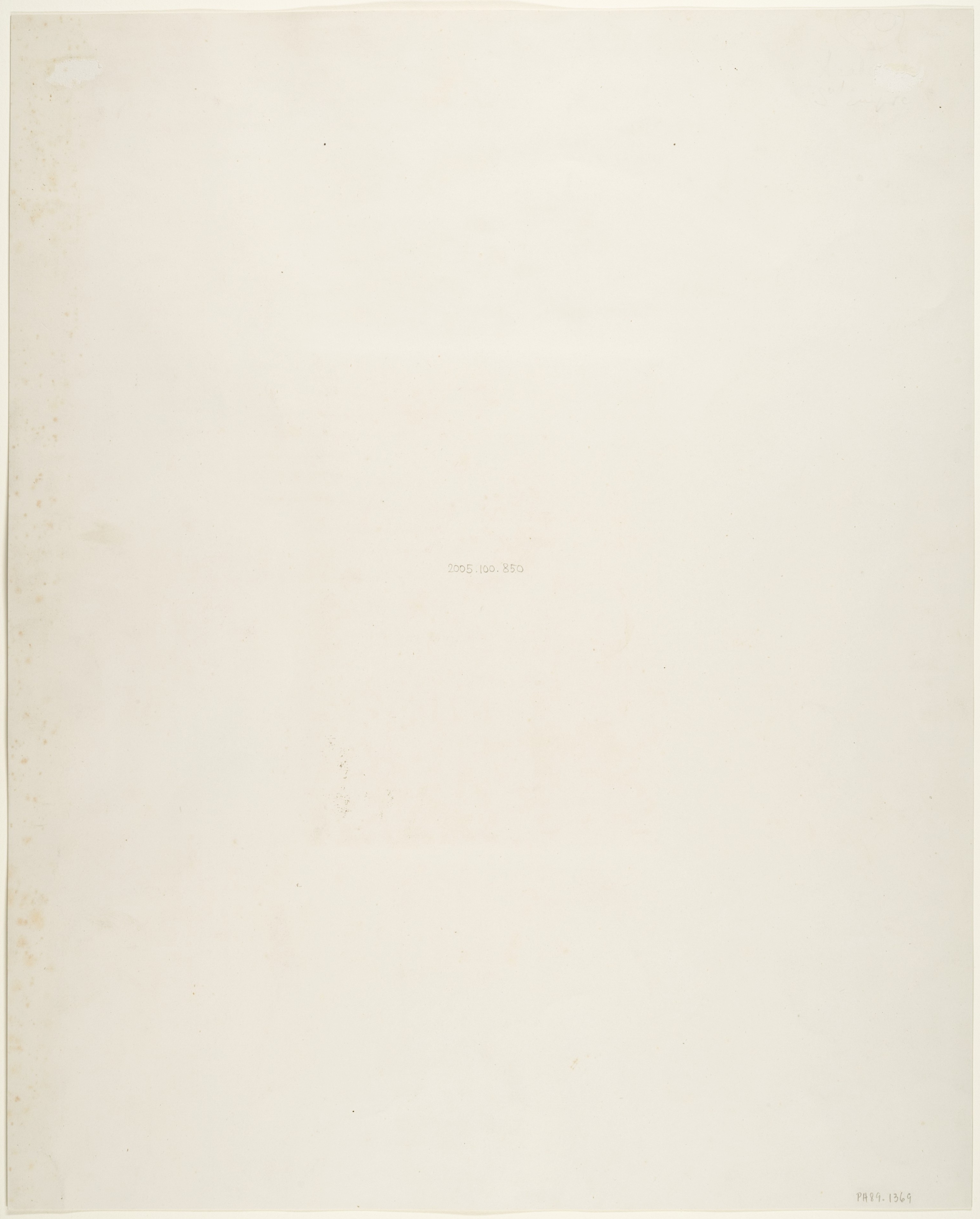Portrait de Louis-Napoléon Bonaparte en Prince-Président
Gustave Le Gray French
Not on view
Louis-Napoleon Bonaparte (1808–1873) was a nephew of Napoleon I and the most direct Bonapartist heir by the mid-nineteenth century. After the Revolution of 1848 and the abdication of King Louis-Philippe, he returned to France from exile in England and won an overwhelming election as president of the Second Republic. On December 2, 1851, in the third year of the single four-year presidential term allowed by the constitution, he staged a coup d'état, dissolved the legislative assembly, decreed a new constitution, and assumed dictatorial powers, a move that was subsequently approved by a public referendum of dubious legitimacy. A year later, on December 2, 1852, again the anniversary of Napoleon I's coronation as emperor, Louis-Napoleon declared the dissolution of the Republic and the establishment of the Second Empire. He took the title Emperor Napoleon III.
Due to rights restrictions, this image cannot be enlarged, viewed at full screen, or downloaded.
This artwork is meant to be viewed from right to left. Scroll left to view more.



